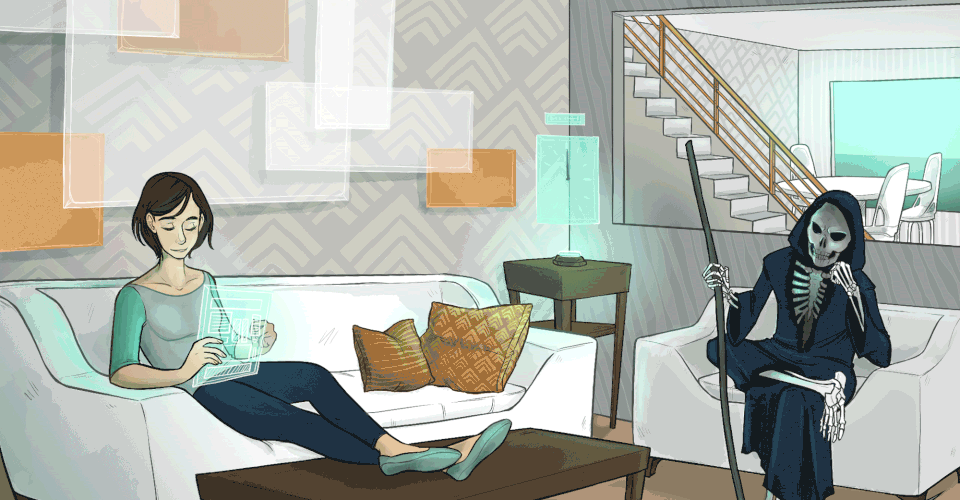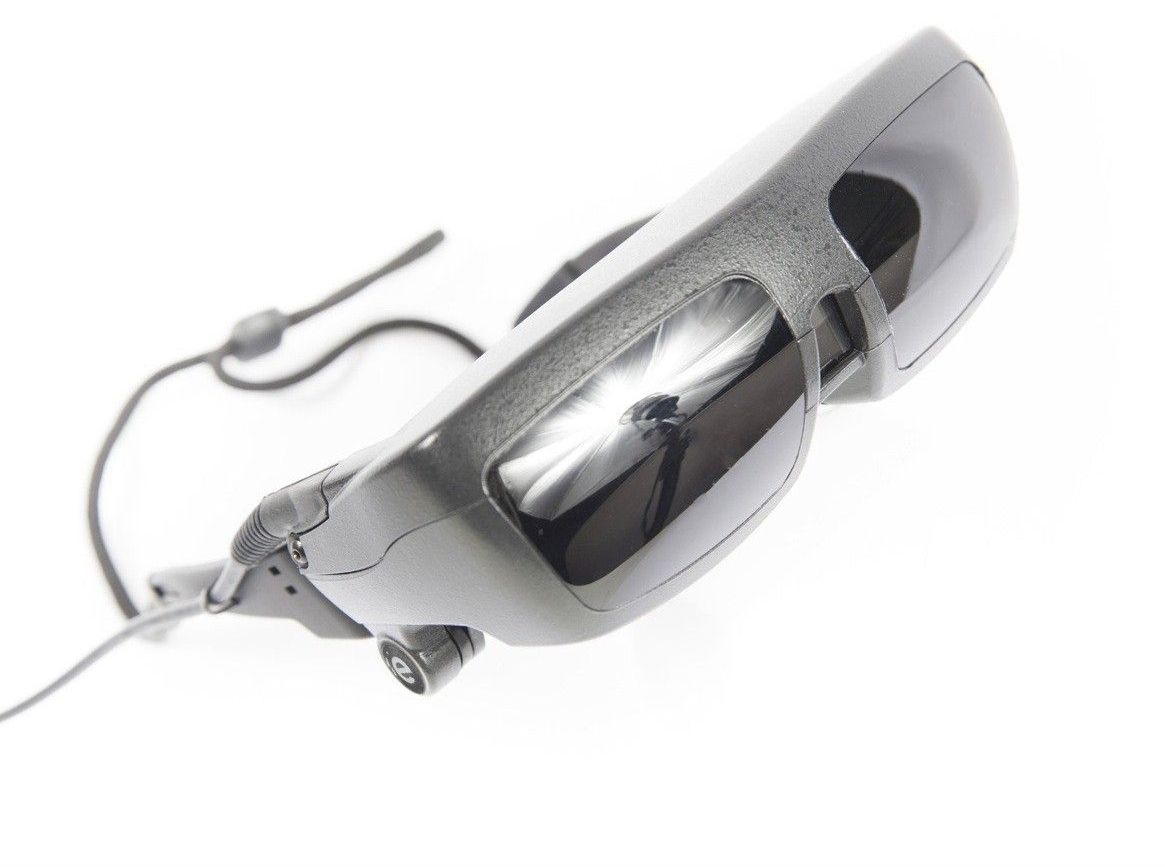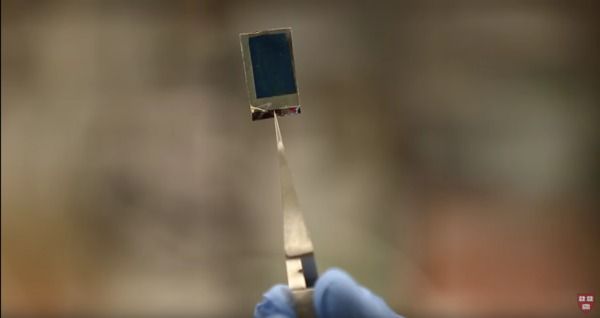The Atlantic created this 5-minute video featuring #transhumanism and life extension work.
Some people are taking steps now to prepare for a life without death.


Team OB just won the Robotics for Good Award in Dubai. Over 1,600 technologies for good applied and after competing against the top 10 best assistive technologies the judges chose our bionic hands! Now we have the funding to push our hands through the final stages of medical testing and finally get them to everyone who needs one. ![]()
![]()


A new in-depth read on #transhumanism and life extension by one of the leading and oldest progressive magazines in America:
Only Human Meet the hackers trying to solve the problem of death.
By Anna Wiener
Join the discussion at TranshumanistForums.com!
All words are used with permission of Raymond Kurzweil and the Singularity is Near.
Please help spread the Singularity meme by buying his book!
Sample excerpts of The Singularity is Near is available at:
http://singularity.com/bookexcerpts.html

Could bionic eyes restore sight to the blind and give the U.S. military super sight?
Bionic implanted eyeballs, “Star Trek”-style visors, telescopic contact lenses … these are just a few of the many exciting projects underway to both restore and provide enhanced sight.
Significant strides have been made in tech that will restore and transform lives — replacing white canes, service animals, braille machines and more for the visually impaired.
With Elon Musk advocating the need for humans to merge with machines and a transhumanist politician running for Governor in California, an intellectual movement that sat on the fringes throughout the 20th century is poised to hit the mainstream.

Excellent article in Wired this morning. My novel “The Transhumanist Wager” quoted quite a bit to add context to some of Elon Musk’s statements: http://www.wired.co.uk/article/elon-musk-humans-must-become-cyborgs #transhumanism
The Tesla and SpaceX founder warned that a future where AI is smarter than us will be ‘dangerous’ and we must all become cyborgs to survive.

A new story out on Engadget, emphasizing the need to make government treat science and technology as a primary focus:
Zoltan Istvan didn’t have much of a chance at being president, but that didn’t stop him from campaigning as the Transhumanist Party’s candidate to promote his pro-technology and science positions. Now, he’s setting his sights a bit lower, and with a different party. Istvan announced this morning that he plans to run for governor of California in 2018 under the Libertarian Party.
“We need leadership that is willing to use radical science, technology, and innovation—what California is famous for—to benefit us all,” he wrote in a Newsweek article. “We need someone with the nerve to risk the tremendous possibilities to save the environment through bioengineering, to end cancer by seeking a vaccine or a gene-editing solution for it, to embrace startups that will take California from the world’s 7th largest economy to maybe even the largest economy—bigger than the rest of America altogether.”
When we spoke to him in November, Istvan made it clear that he would be looking at the Libertarian Party if he were to run for president again. Not only does he identify as libertarian, he also saw the benefit of working with a more established political party, instead of starting one from the ground up.
“The most important thing I learned from my presidential campaign is that this is a team sport,” Istvan said in an email. “Without the proper managers, volunteers, spokespeople, and supporters, it’s really impossible to make a dent in an election. That’s part of the reason I joined the Libertarian Party for my governor run. They have tens of thousands of active supporters in California alone, so my election begins with real resources and infrastructure to draw upon. That’s a large difference from my Presidential campaign, where we essentially were shoe-stringing it the whole time.”

Plants take in carbon dioxide, water, and sunshine to create a sugary fuel. Now researchers have done the same, but even better.
A recent study in Science describes the system, named Bionic Leaf 2.0. In the “leaf,” solar energy splits up a water molecule, and bacteria turn hydrogen and carbon dioxide into liquid fuel, mainly isopropanol. The fuel could possibly be used to power a car’s engine or motor in the future.
The researchers, led by Daniel Nocera and Pamela Silver from Harvard University, have made advancements on their original Bionic Leaf, released last year. The system had some problems, mainly with the metal catalyst that helped the reaction. In the first edition, the catalyst also set off a reaction that attacked the bacteria’s DNA.